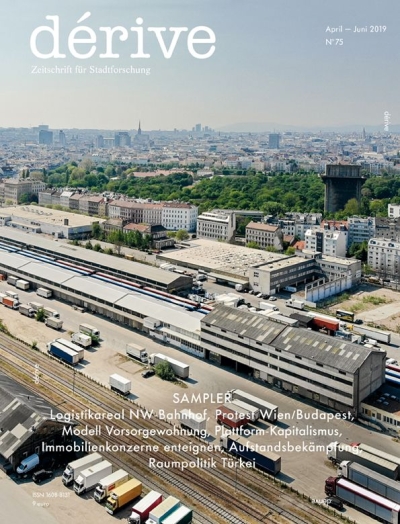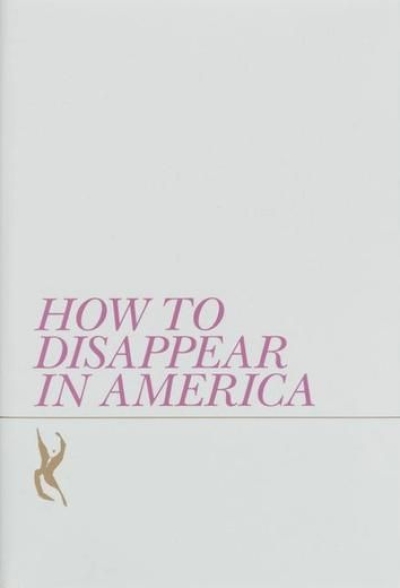
Wherever You Find People: The Radical Schools of Oscar Niemeyer, Darcy Ribeiro and Leonel Brizola
Wherever You Find People erzählt die ungewöhnliche Geschichte der öffentlichen Bildungszentren (Centros Integrados de Educação Pública, CIEP) im brasilianischen Bundesstaat Rio de Janeiro. Die CIEP entsprangen einer pionierhaften Initiative, die 1982 vom Gouverneur von Rio, Leonel Brizola, dem Politiker und Intellektuellen Darcy Ribeiro und dem weltbekannten Architekten Oscar Niemeyer gegründet worden war. Eine starke Landflucht der Bevölkerung liess damals den Bedarf an öffentlichen Schul- und Bildungseinrichtungen rasant ansteigen. Die mehr als 500 bis heute errichteten CIEPs zeugen von vorwärts gerichtetem Denken und Ambitionen in Zeiten der Diktatur und Hyperinflation.
Das Buch stellt das CIEP-Programm und seine Architektur basierend auf Gesprächen mit den Schlüsselfiguren des Vorhabens dar. Zahlreiche Abbildungen von Originalskizzen und mit Notizen versehene Zeichnungen aus dem Archiv Oscar Niemeyers sowie Essays von verschiedenen Autoren zeigen auf, wie Architektur auf herausfordernde sozioökonomische Bedingungen reagieren kann.
Wherever There Is People tells the unusual story of the Integrated Centres of Public Education (CIEP), a radical but relatively unstudied public architecture initiative in Rio de Janeiro in 1982. Conceived by the world-renowned architect Oscar Niemeyer, the intellectual and politican Darcy Ribeiro, and state governor Leonel Brizola, the program addressed the massive urban migration that Rio de Janeiro was experiencing at that time, which spurred demand for new schools. As a result of the experimental program, over five hundred CIEP schools were built using a standardized system of simple concrete parts.
Based upon extensive interviews with key people associated with the project past and present, including Architect Jair Valera, Niemeyer’s primary collaborator, and Claudia Costin, the Rio city secretary of education, Wherever There Is People tells the story of this unprecedented project. Alongside candid conversations, the book features never-before-seen photography and drawings, as well as essays that examine the CIEP’s story as a guide to how architecture can embrace the constraints and conditions of the modern world. The result is a vivid documentary of a unique but relatively unknown piece of socially driven public architecture, with valuable lessons for the future.

































































































